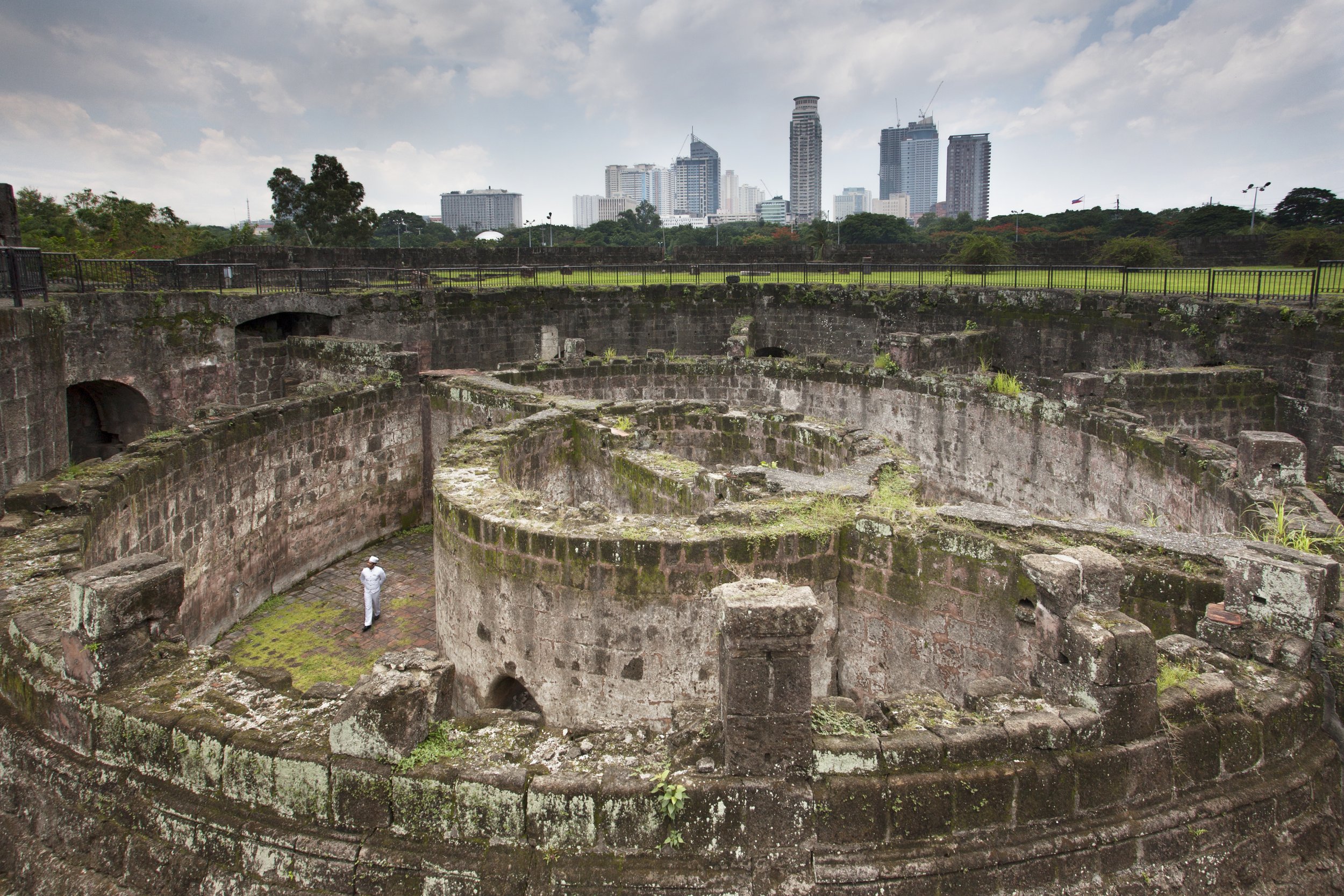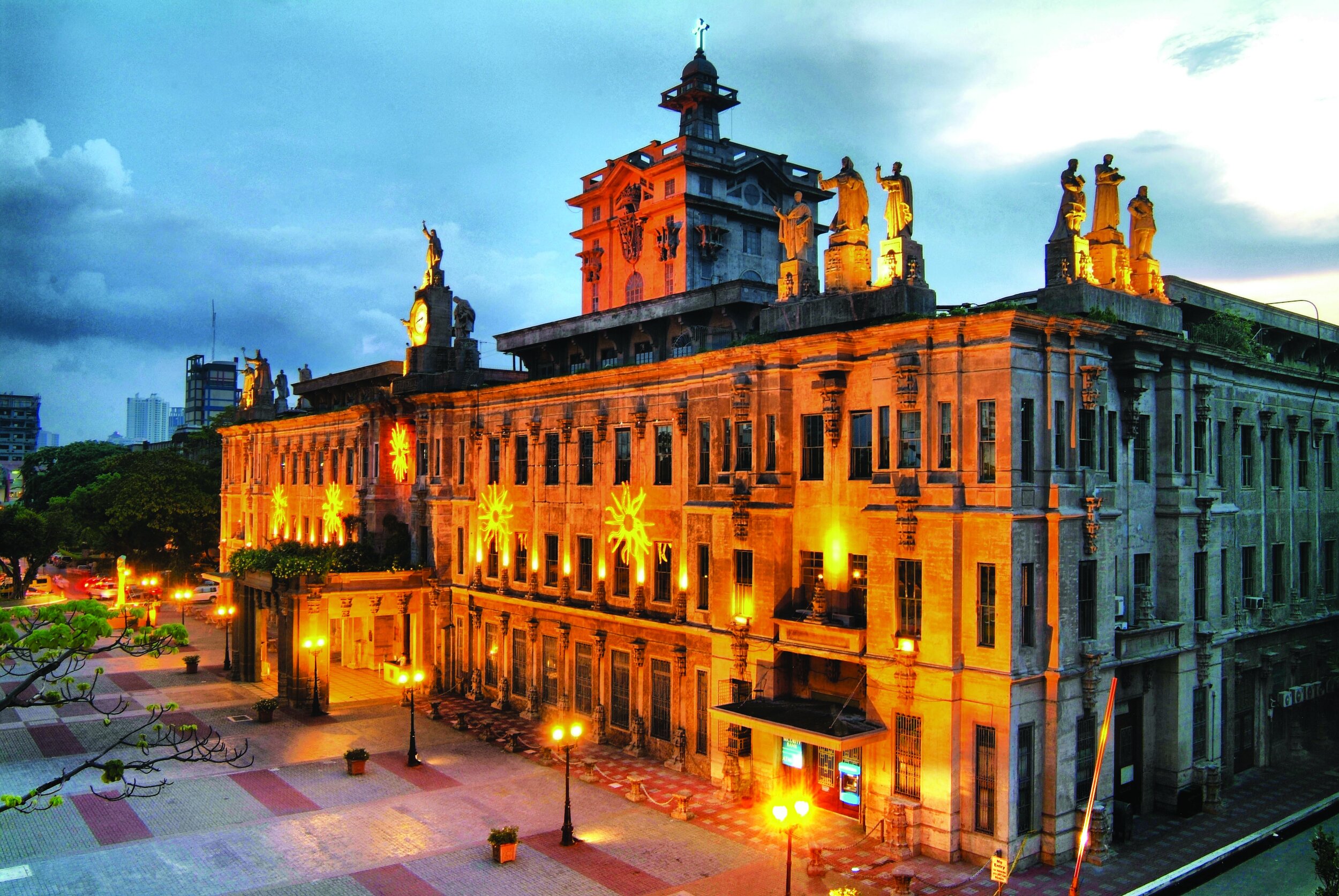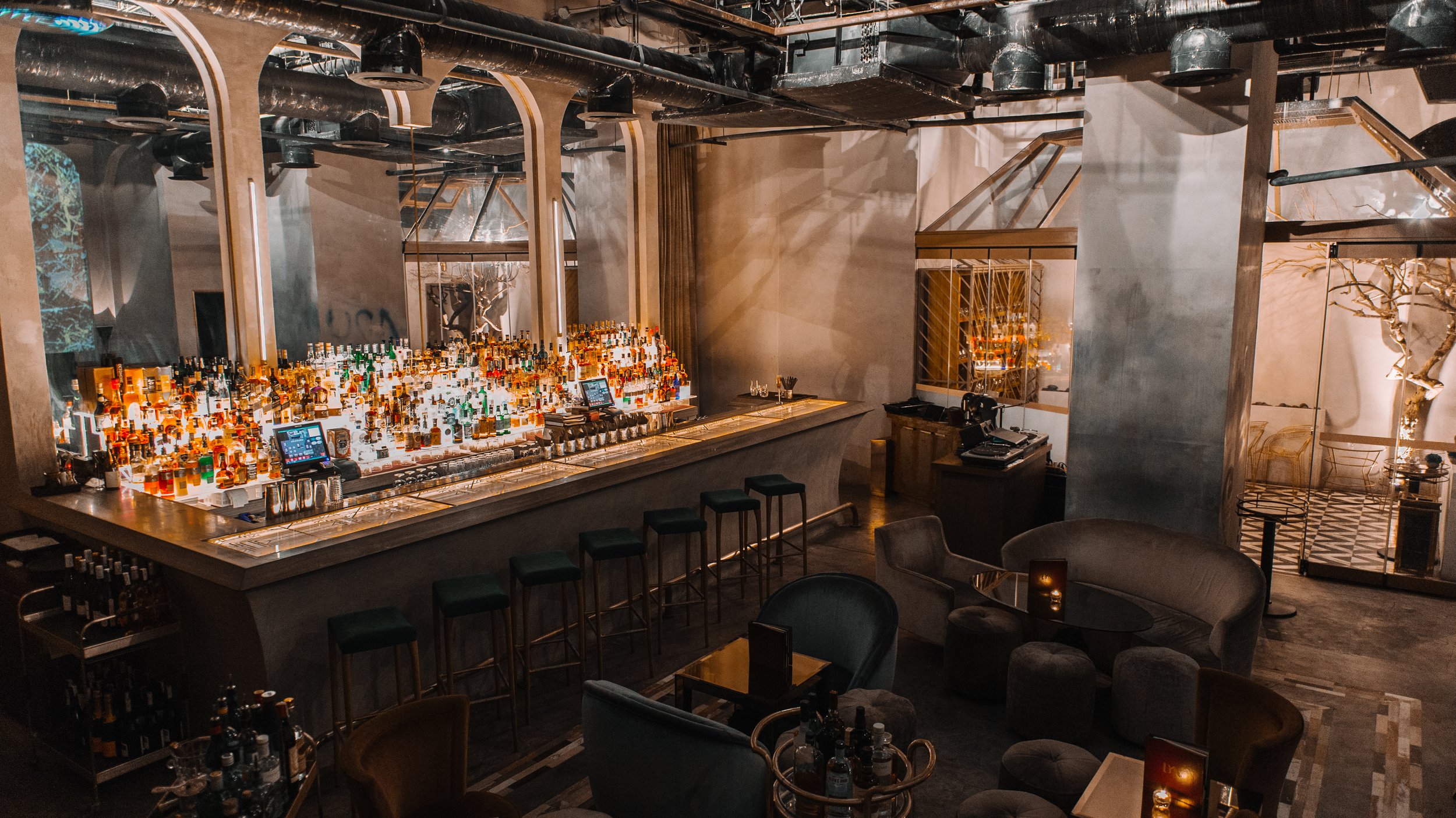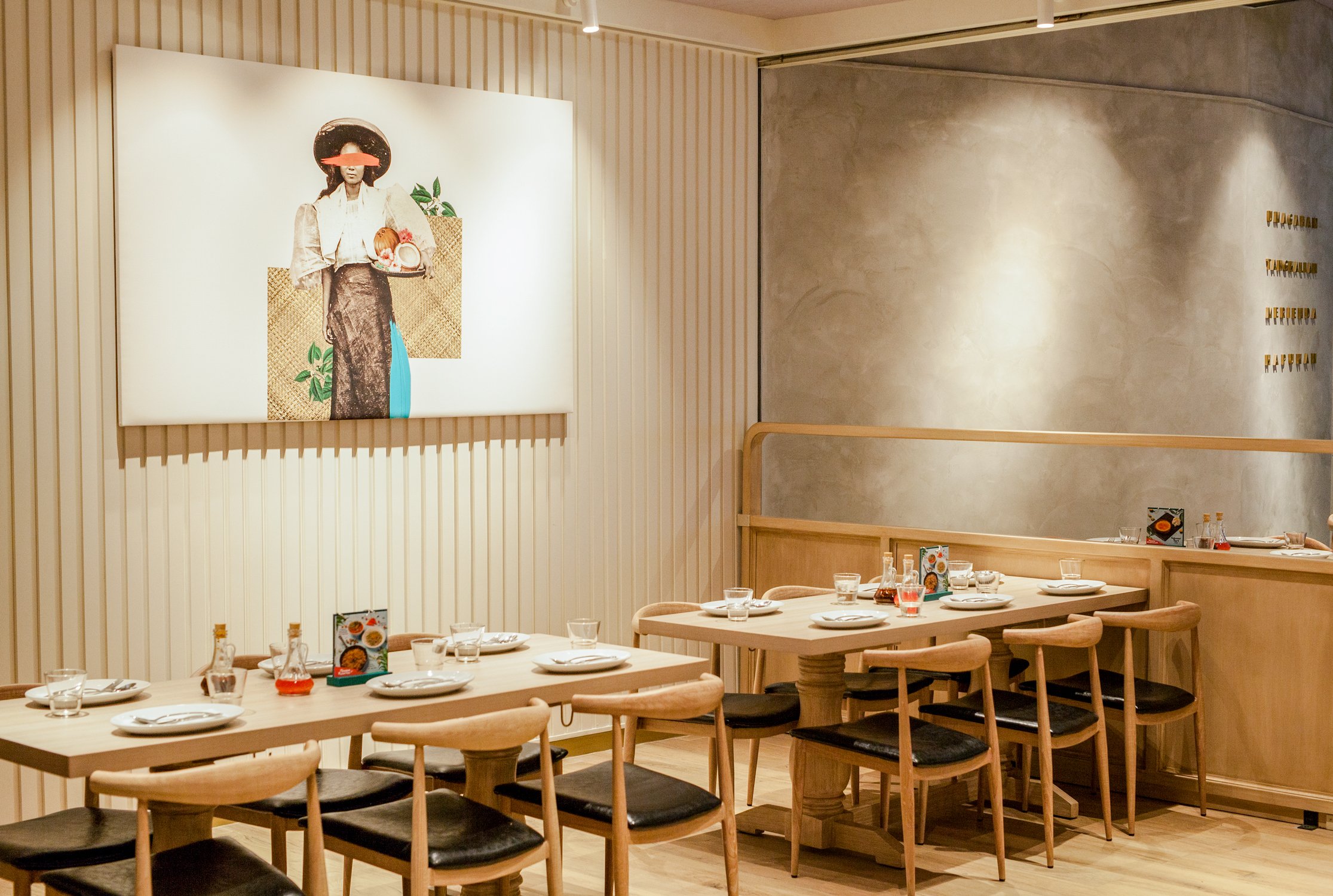Bright Lights, Big City









A country like the Philippines, with its 7,107 islands — counted at high tide — is bound to have its share of beaches and coral-ringed islets on which to lay supine while recovering from the day’s floating yoga, or a sandy-floored bar’s liquid libations, yet not all the excitement on offer is to be found at its seaside getaways. Some of the country’s most interesting, exciting and authentic experiences are only obtainable with a few days in Manila, the capital city, or very close by.
The country has been described as “a singular and plural place,” which applies to its cultures and races, as well as its cities and societies, and nowhere is that more evident to a first time visitor than in Manila. It also describes how one experences one of Asia’s most dynamic and vibrant urban centers. One can’t come away from a visit without thinking back on the multi-layered experiences that seemingly happen as a result of the city’s intersection of western influences, Asian traditions and good old-fashioned appreciation for a rockin’ good time.
There’s a magic number when it comes to visiting a new foreign city, and really, it isn’t 9-1-1. It’s really more like 24×7, which is how Manila delivers, whether it is a daytime excursion that skews towards the cultural or retail, or the dining and nightlife, which, no surprise, can also be quite the cross-cultural experience. However, the real magic number is closer to 4 or 5, those being the number of days it takes to begin to appreciate the scale of this “small town” of 15 million people. After locating a suitable place to stay, one’s decisions typically revolve around choosing which incredible restaurants to visit, and which locally grown shops to wander through.
Perhaps the best place to start is where it all began — the Walled City of Intramuros. During Spanish rule, this was the city of Manila, guarded by Fort Santiago, which was built in 1571. Now a UNESCO World Heritage Site, the walled city is a time capsule of sorts, housing San Agustin Church, which dates back to 1607 and is the oldest in the country, Ayuntamiento (Intramuros’ original city hall), Plaza San Luis Complex and more. One can sightsee on foot or better still, on a kalesa (horse-drawn) carriage.
Outside the rampart walls of Intramuros, Manila Bay is just a short distance away. Walk along the promenade in the late afternoon to catch one of the city’s spectacular sunsets. Yet another historic site, here, the Battle of Manila Bay between the U.S. and Spain took place in 1898.
The U.S. victory put an end to more than three centuries of Spanish rule. Along the bayfront, and near Luneta Park and the Rizal Monument, the American Embassy sits shoreside, anchoring the end of the promenade.
Away from “Old Manila,” Metro Manila certainly has its own share of places to visit. Makati is the country’s financial district and home to a plethora of multinational companies, the Philippine Stock Exchange and more shopping and dining destinations than one can cover in just one visit.
And when it comes to dining, there are plenty to places to try — and Filipino cuisine is just one type of cuisine one can indulge in. While many here in Hawai‘i are familiar with adobo, lechon, pancit and lumpia, one can’t ignore the strong Spanish influence on Philippine culture — and the food is no exception. From Terry’s Bistro, Rambla and Alba in Makati proper to Las Flores and Tomatito in Bonifacio Global City, gambas al ajillo (garlic shrimp), paella (a Spanish rice dish), callos a la madrileña (oxtail/tripe stew) are all popular Spanish staples readily available at most Span- ish restaurants around town. Of course, Filipino cuisine is a definite must and places such as Manam and the local’s old-school fave, Via Mare are both great choices for local comfort foods. Must-try dishes include kare-kare (a kind of peanut stew), tapa (fried beef sirloin) and inihaw na liempo (grilled pork belly), served with garlic rice and a dipping bowl of chili- pepper-infused vinegar, naturally.
Many of these restaurants are located either in or near shopping centers and like the city’s eating establishments, retail revelry is very easy to come by — Manila is not without its malls. There are several of shopping areas in the central business district alone. SM Mall of Asia (MOA), located in Pasay is the fourth largest in the country and currently the 12th biggest in the world. And within Makati, you’ll find Greenbelt Mall located at Ayala Center, an indoor-outdoor mall, comprised of five different buildings and home to luxury retail boutiques such as Patek Philippe, Hermés and Yves Saint Laurent. Ayala Center is also home to Rustan’s Department Store flagship — arguably the most upscale department store in the country, and homegrown at that, carrying high-end international labels as well as highly regarded local labels. Power Plant Mall at Rockwell Center is another upscale shopping area, complete with international boutiques, gourmet grocer, movie theaters and local shops. As expected, there are also a slew of restaurants and coffee shops peppered throughout.
Bonifacio Global City (also known as BGC, Global City, or The Fort) in Taguig is another business and lifestyle district within Metro Manila. The urban area is chock-full of eateries, shopping and entertainment. Vertical living at it’s finest — it’s likely a young professional’s ideal place to live (for one who craves life in the city). Bonifacio High Street serves as the hub of BGC and is essentially designed as mixed- used development area replete with offices and residential buildings, retail stores and pedestrian-friendly pathways.
Come sundown, night owls will find that Manila nightlife is world class. So if barhopping and clubbing are must-dos, consider those two boxes checked when in town. One club to check out is XYLO at The Palace. Formerly known as Valkyrie, the two-floor venue is a great spot to grab drink, watch a DJ gauge his crowd and punch the air with the other revelers. Or, one can get bottle service and just watch everyone else from the comfort of one’s own leather couch.
But if one is looking for something more subdued, head for speakeasy-esque Bank Bar. To get inside, one must go through the entrance of a 7-Eleven, locate the storage room, and pass through an unmarked, yet well-guarded door. After that, downtempo beats and craft cocktails await — the bar is stocked with varied selection of spirits ranging from whiskey to sake. Oh, and don’t forget to try the food. The bar is owned by The Moment Group — one of the top restaurant companies in the country — so food is their forte.
Lastly when it comes to places to hang one’s hat for the night, the options are aplenty. From Shangri-La (Manila has two outposts) to The Peninsula Manila, five-star hotels are anything but few and far between. If one prefers to have lodgings and shopping and dining and casino gaming then the place to stay is at Solaire Resort and Casino. Located along Manila Bay, the well-appointed rooms and suites at the Sky Tower has garnered the Forbes Travel Guide Five-Star rating for two years back-to-back, and is considered as one of the best luxury hotels in the world. The casino resort offers row upon row of slot machines and gaming tables, in addition to its tony selection of restaurants, bars and world-class shopping. All in all, Manila is a city slicker’s paradise.
_______________________